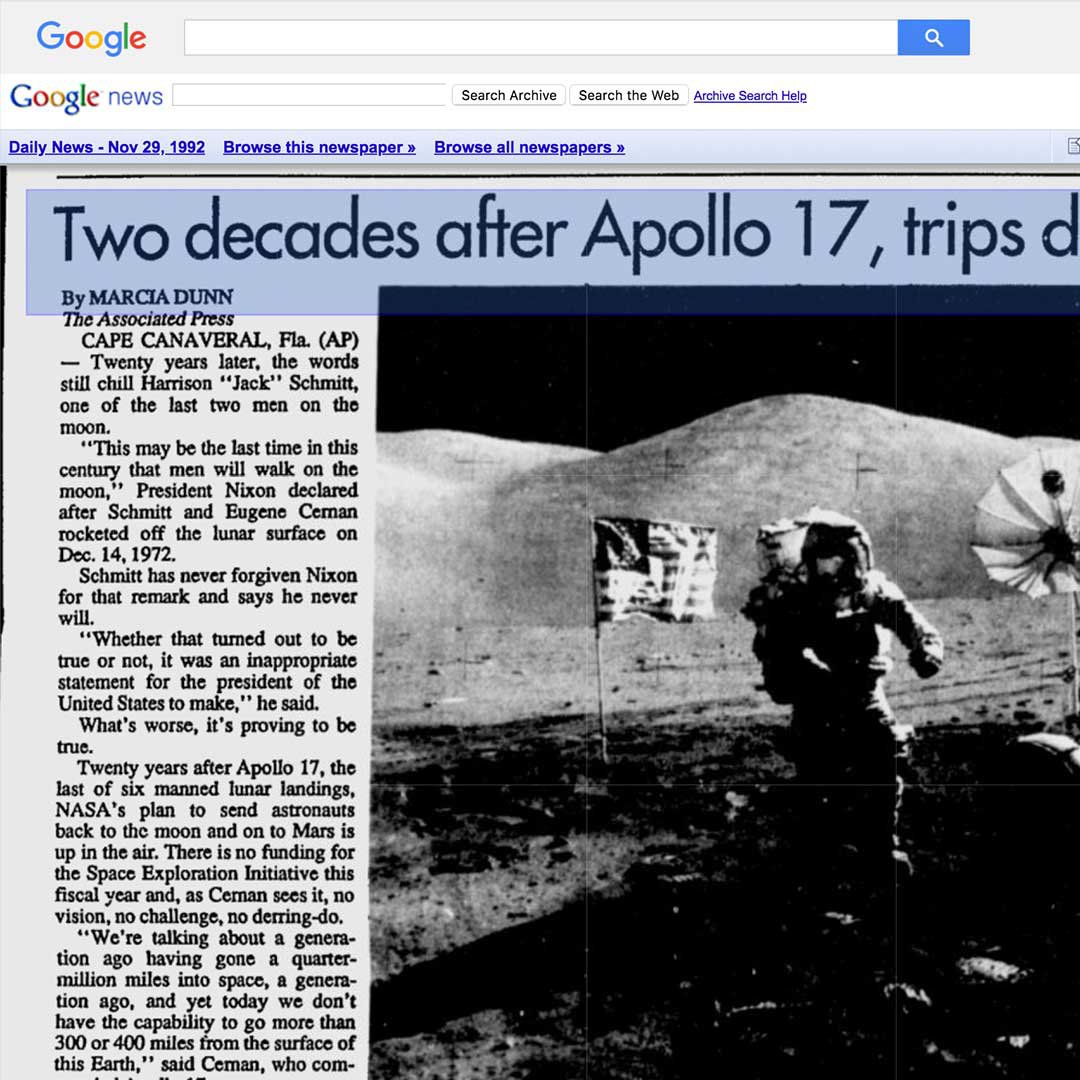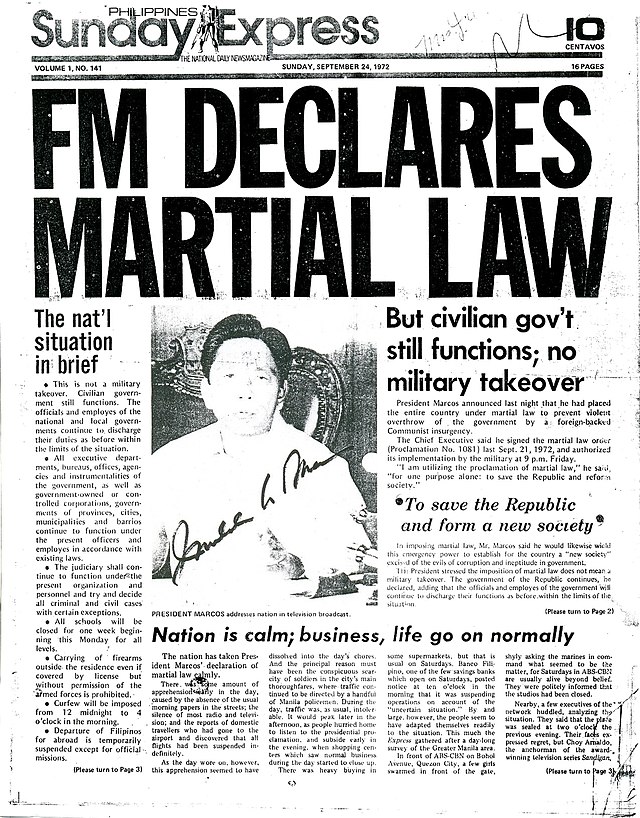Get This Report on News Articles
Get This Report on News Articles
Blog Article
Some Known Details About News Articles
Table of ContentsThe Ultimate Guide To News ArticlesSome Known Details About News Articles Some Ideas on News Articles You Should KnowNews Articles Things To Know Before You BuyNot known Facts About News Articles
Excellent knowledge of different topics gives pupils an affordable side over their peers. Although electronic and social networks are readily easily accessible, we should not fail to remember how important it is to read the newspapers. Parents need to attempt and instill the behavior of reviewing a newspaper as an everyday regimen to continue the heritage of the adored print tool.News stories likewise have at least one of the following crucial qualities relative to the intended target market: distance, importance, timeliness, human interest, peculiarity, or repercussion.
Within these limitations, information stories likewise aim to be thorough. Among the larger and much more highly regarded papers, fairness and balance is a significant aspect in providing details.
Newspapers with an international target market, as an example, tend to utilize a much more formal design of writing. The specific selections made by an information outlet's editor or editorial board are commonly collected in a design overview; typical style overviews include the and the United States Information Style Publication. The primary objectives of information writing can be summarized by the ABCs of journalism: accuracy, brevity, and clarity.
The Single Strategy To Use For News Articles
As a guideline, reporters will certainly not use a long word when a brief one will do. They use subject-verb-object building and brilliant, active prose (see Grammar). They use anecdotes, examples and metaphors, and they hardly ever depend on generalizations or abstract ideas. News writers try to avoid making use of the exact same word greater than when in a paragraph (in some cases called an "echo" or "word mirror").
Headings sometimes omit the topic (e.g., "Leaps From Boat, Catches in Wheel") or verb (e.g., "Feline lady lucky"). A subhead (also subhed, sub-headline, subheading, subtitle, deck or dek) can be either a secondary title under the primary headline, or the heading of a subsection of the short article. It is a heading that precedes the major text, or a team of paragraphs of the primary message.

Additional signboards of any of these types might show up later in the write-up (especially on succeeding web pages) to attract additional reading. Such signboards are additionally made use of as pointers to the write-up in various other sections of the publication or website, or as ads for the item in various other publication or sites. Normal framework with title, lead paragraph (recap in bold), various other paragraphs (information) and contact info.

Instance of a hard-lead paragraph NASA is proposing an additional space project. The company's budget plan request, announced today, consisted of a strategy to send an additional objective to the Moon. This moment the company intends to establish a long-term facility as a jumping-off factor for various other area adventures. The budget plan demands approximately $10 billion for the project.
An "off-lead" is the second most important front web page news of the day. To "bury the lead" is to begin the short article with background details or information of additional relevance to the visitors, compeling them to check out more deeply right into a write-up than they need to have to in order to discover the important factors.
Some Known Incorrect Statements About News Articles
Typical use is that or more sentences each create their very own paragraph. Journalists normally describe the organization or structure of a newspaper article as an upside down pyramid. The essential and most interesting aspects of a tale are placed at the beginning, with sustaining info complying with in order of lessening importance.
It permits individuals to discover a topic to just the depth that their curiosity takes them, and without the imposition of details or nuances that they could take into consideration unnecessary, but still making that info available to much more interested readers. The upside down pyramid structure also makes over at this website it possible for short articles to be trimmed to any arbitrary size during layout, to suit the space offered.
Some writers start their stories with the "1-2-3 lead", yet there are several kinds of lead available. A kicker can refer to multiple points: The last tale in the information broadcast; a "happy" story to finish the program.
Longer write-ups, such as magazine cover write-ups and the pieces that lead the within sections of a newspaper, are called. Attribute tales differ from straight information in numerous means. Foremost is the absence of a straight-news lead, most of the time. Rather than providing the significance of a story up front, feature writers might try to entice readers in.
Fascination About News Articles
The journalist web usually information communications with meeting subjects, making the piece more personal. A function's very first paragraphs often relate an appealing moment or occasion, as in an "anecdotal lead". From the details of an individual or episode, its view promptly widens to generalities regarding the tale's subject. The section that indicates what a feature has to do with is called the or billboard.

The Editor's Tool kit: A Recommendation Overview for Beginners and Professionals (2001) Allan M. Siegal and William G. Connolly. The New York City Times Guidebook of Style and Use: The Official Style Guide Utilized by the Writers and Editors of the Globe's Many Authoritative Paper (2002) M. L. Stein, Susan Paterno, and R.
Report this page